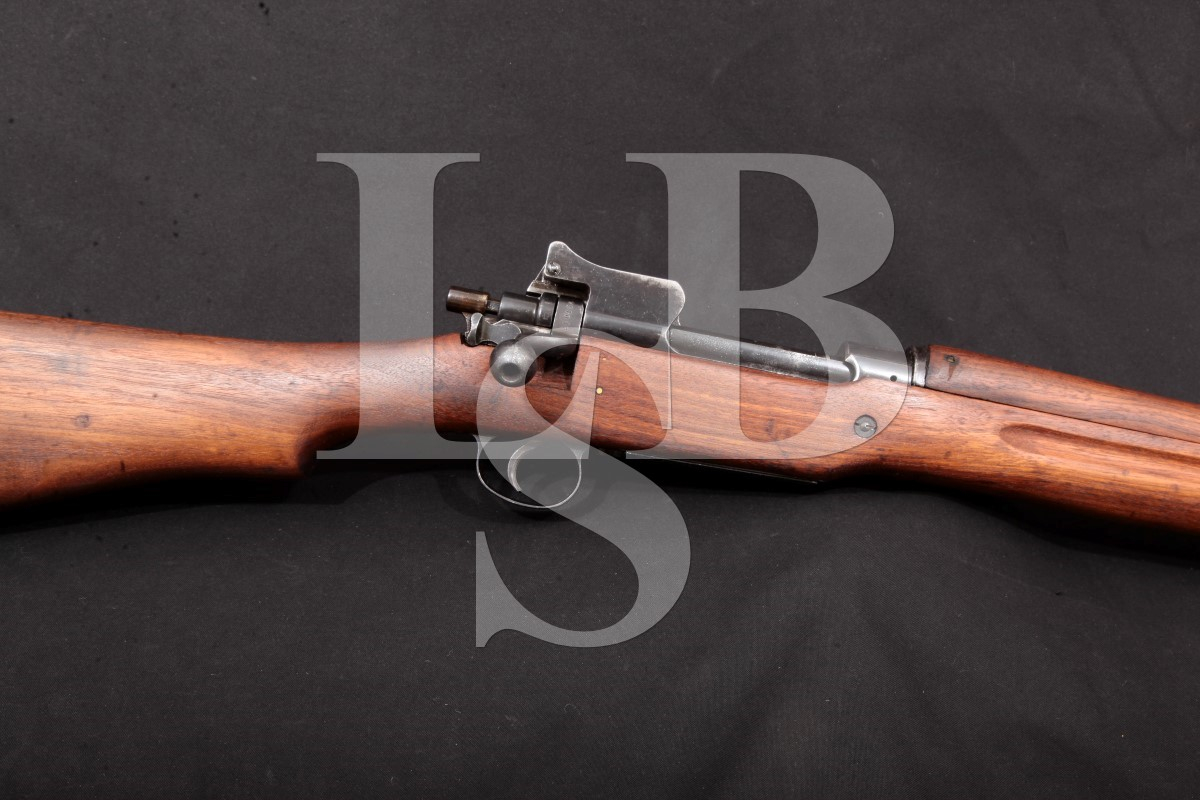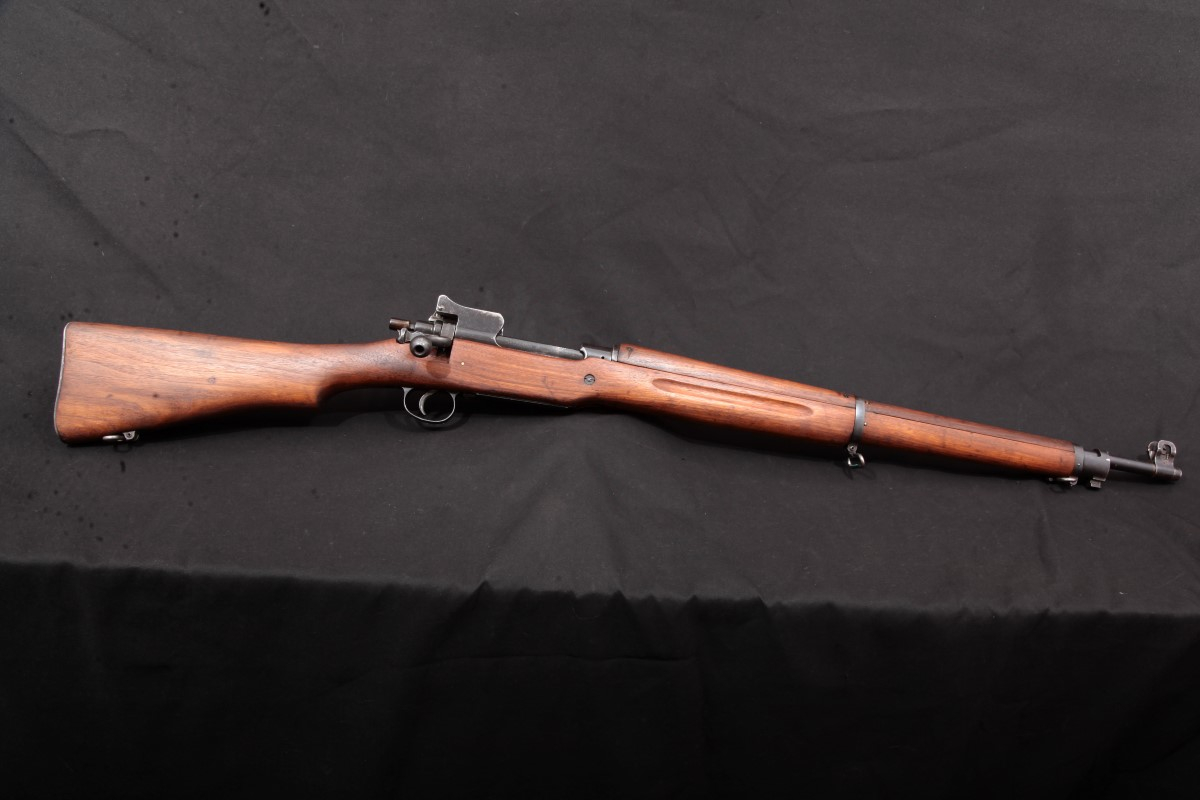Remington Model 1917 Rifle Serial Numbers
- 8 Comments!

Rifle, caliber.30 M1917 (often called the Enfield or P-17) is one of the most. Remington, and Winchester had been producing the Pattern 14 Enfield for. If your M1903 Receiver is an RIA with a serial number higher than 319,921.
.30-06 Springfield (7.62×63mm) rifle cartridge for which the M1917 Enfield was adapted. Software punto de venta full crack. Before World War I, the British had the (SMLE) as their main rifle. Compared to the German Mausers or U.S. 1903 Springfield, the SMLE's.303 rimmed cartridge, originally a black powder cartridge, was ill-suited for feeding in magazine or belt-fed weapons and the SMLE was thought to be less accurate than its competition at longer ranges. The long-range accuracy of German Model 1893 and 1895 Mausers in the hands of Boer marksmen during the Boer War (1899 -1902) made a big impression on the British Army, and a more powerful, modern rifle was desired. Thus, even though improved Lee–Enfield variants (the SMLE) and ammunition with pointed (spitzer) projectiles entered service after the Boer War in 1910, a committee was formed to develop an entirely new design of rifle and cartridge.
The starting point was to copy many of the features of the Mauser system. Azeri qehbe qiz sekilleri. The rifle was developed at the at () in the United Kingdom. This development named the or P13, included a front locking, dual lug bolt action with Mauser type claw extractor as well as a new, powerful rimless cartridge.
The design carried over a Lee–Enfield type safety at the rear of the action and a bolt that cocked on closing to ease unlocking of the bolt during rapid fire. An advanced design, for the era, of aperture rearsight and a long sight radius were incorporated to maximize accuracy potential. Ease of manufacture was also an important criterion. However, the onset of World War I came too quickly for the UK to put it into production before the new cartridge could be perfected, as it suffered from overheating in rapid fire and bore fouling. As it entered World War I, the UK had an urgent need for rifles, and contracts for the new rifle were placed with in the United States. They decided to ask these companies to produce the new rifle design in the old.303 British chambering for convenience of ammunition logistics.
The new rifle was termed the 'Pattern 14'. In the case of the P14 rifle, and were selected. A third manufacturer, Eddystone Arsenal – a subsidiary of Remington – was tooled up at the in. Thus, three variations of the P14 and M1917 exist, labeled 'Winchester,' 'Remington' or 'Eddystone'.

World War I [ ] When the U.S. Entered the war, it had a similar need for rifles. The had delivered approximately 843,000, but due to the difficulties in production, rather than re-tool the Pattern 14 factories to produce the standard U.S. Rifle, the M1903 Springfield, it was realized that it would be much quicker to adapt the British design. Although it might have been faster to retain chambering for the.303 British military cartridge, the design was modified for the U.S.30-06 Springfield cartridge to simplify ammunition logistics.
The Enfield design was well-suited to the.30-06 Springfield; it was a big, strong action and was originally intended to employ a long, powerful, rimless bottlenecked cartridge. Accordingly, Remington Arms Co. Altered the design for caliber.30-06 Springfield, under the close supervision of the U.S.
Army Ordnance Department, which was formally adopted as the U.S. Rifle, Caliber.30, Model of 1917. In addition to Remington's production at and, Winchester produced the rifle at their plant, a combined total more than twice the 1903's production, and was the unofficial service rifle.
Eddystone made 1,181,908 rifles – more than the production of Remington (545,541 rifles) and Winchester (465,980 rifles) combined. Although standardization with interchangeable parts was intended, early Winchester rifles (including the first five-thousand with a simple W on the receiver rather than Winchester) used slightly differing parts, causing interchangeability issues with the rifles produced by Remington and Eddystone until Winchester corrected the problem in later production. Design changes were few; the stripper clip feed, internal box magazine, bolt face, chamber and rifling dimensions were altered to suit the.30-06 Springfield cartridge and the US pattern 5-round stripper clips, the stock was slightly redesigned, lightening it somewhat, and the volley fire sights on the left side of the weapon were deleted. The markings were changed to reflect the model and caliber change. A 16.5-inch blade bayonet, the was produced for use on the rifle; it was later used on several other small arms including the and and early.